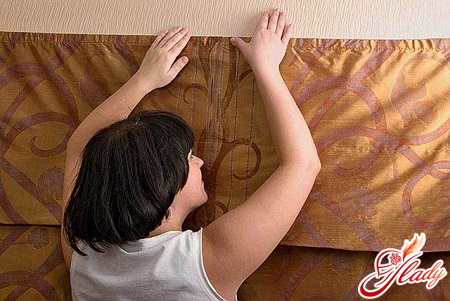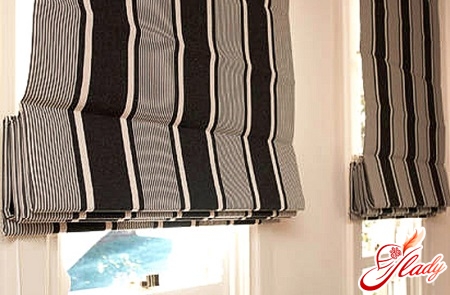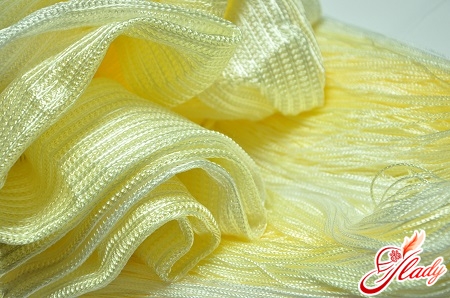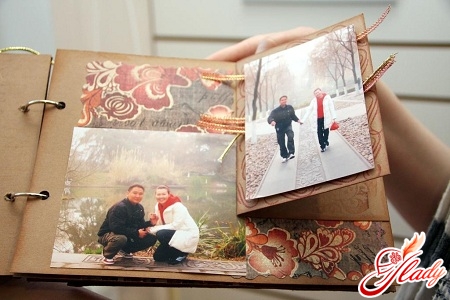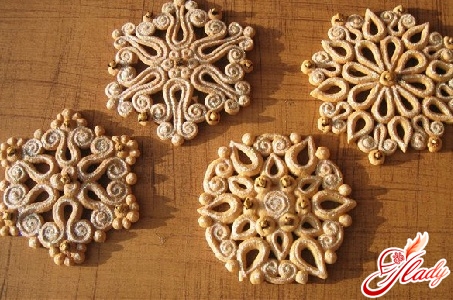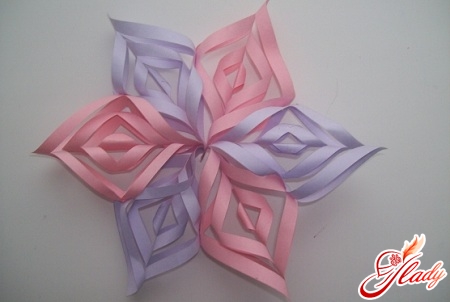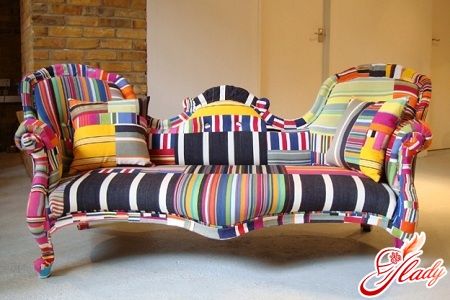 Hand maid is in fashion now. Just the phrase "handmade" makes any thing exclusive, desirable and fashionable. That is why many of us begin to master various handicrafts urgently in order to be "in the subject" and have the opportunity to boast of their own man-made masterpiece on occasion. Let's talk about the technique of patchwork, which in a foreign manner is called the tricky word patchwork. What is it, where did the patchwork come from and it is difficult to master this fashionable technique?
Hand maid is in fashion now. Just the phrase "handmade" makes any thing exclusive, desirable and fashionable. That is why many of us begin to master various handicrafts urgently in order to be "in the subject" and have the opportunity to boast of their own man-made masterpiece on occasion. Let's talk about the technique of patchwork, which in a foreign manner is called the tricky word patchwork. What is it, where did the patchwork come from and it is difficult to master this fashionable technique?
History of patchwork technique
In the literal translation of the name of the technique patchworksounds like "sewing from rags." This technique has no homeland and can be considered an international needlework, known even more than three thousand years ago. In all countries and all peoples there was patchwork, textile mosaic or something similar to it. And patchwork itself is a patchwork technique of England and America. It was there that patchwork from everyday necessities turned into a kind of decorative and applied art. As, in general, you can guess, patchwork did not come from a craving for beauty, but rather from the necessary savings. Although, and the desire for beauty played its role here. When in the sixteenth century in England appeared unusually bright and colorful Indian fabrics, they were available only to wealthy Englishmen, and products made from these fabrics were considered a sign of prosperity. However, after a government ban on the sale of Indian calico, it became scarce and unusually expensive even for propertied citizens. Therefore, the economical housewives found a way to use cotton without waste, having invented the trimming of the fabric to sew in one-piece colorful canvases, and the patterns cut from the fabric to be used as decorative appliqués. Together with immigrants from England, patchwork came into the New World, where it gradually became a real art. And even today patchwork quilts or bedspreads made in the patchwork technique are an indispensable attribute of the traditional American interior. We must pay tribute to the American needlewomen. They not only preserved the traditions of sewing from shreds of fabric, but also turned this utilitarian occupation (the result of forced thrift) into decorative and applied art, having developed various technologies for making patchwork products and inventing many patterns. So patchwork can be safely considered a national kind of needlework of England and America, as well as one of the most unusual and most complex kinds of arts and crafts. 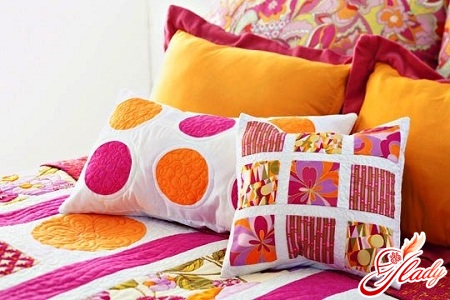
What can I do with the patchwork technique?
Everything that can be decorated with textiles,it is possible to issue a patchwork technique. Initially and most traditionally patchwork was used for bedding: blankets, bedspreads, pillows, blankets and other sleeping accessories were first made and then decorated with scraps of fabric. Table textiles also did not do without the use of this technique: towels, tablecloths, napkins, potholed potholes were no less popular than traditional blankets. Further more. When patchwork went beyond utilitarian application, its use became almost universal. In the interior decoration patchwork (and even its imitation) began to be used for the manufacture of furniture covers, window curtains, rugs, wall panels. In the technique of patchwork it became fashionable to make clothes (vests, skirts) and accessories (bags, for example). And today patchwork is one of the directions of art design. Pattern sewing patterns are used to decorate public spaces, in the publishing industry, in furniture production and in the form of a method for decorating art objects, from the mobile phone case to the urban transport painting. So the Anglo-American patchwork, which has become a real art, is gaining more and more new fans. And if men are mainly engaged in imitation patchwork, transferring traditional patterns to canvas, plaster, metal and wood, then women remain faithful to traditions. Therefore, it is women who join the ranks of the craftsmen of this patchwork, working with fabrics, thread and needle.
What is necessary for needlework in the patchwork technique
On the one hand, everything is very simple here: for patchwork embroidery we need flaps and then, with the help of which these flaps can be joined. On the other hand, this is how to look. For the present (high-quality and highly artistic) patchwork anyhow, which rags do not fit. For a product made in patchwork technique, a sketch is first drawn, and then fabrics suitable for color, texture and pattern are selected. However, it is believed that for this technique is suitable for absolutely any fabric: new and old, natural and synthetic. Moreover, before work any fabric is recommended to wash, starch and iron. Old tissues will update these procedures, and new ones will protect them from shrinkage and moulting of the flaps in the finished product. With regard to the quality of fabrics, the most convenient for patchwork sewing are cotton fabrics, as well as natural wool, linen and silk. However, synthetic or semisynthetic fabrics are also valued for a variety of colors and the ability to select flaps "tone-to-tone" or "color to color." Cotton is most simple in work: it is easy to wash, easy to cut, easy to sew. And from cotton fabrics are obtained not only excellent napkins, towels, potholders and pillow cases, but also exquisite light quilts. Heavy fabrics (drapes, denim or costume fabrics) will be an excellent material for a patchwork rug, rug, coverlet, panel and traditional blanket. But silk is more suitable for clothes made in patchwork technique, for crazy patchwork and for art panels. By the way, often masters successfully combine not only different fabrics, but also flaps of various textures, but of the same type (calico and coarse calico, corduroy and jeans), as well as fabrics of different types (silk and chintz, linen and wool). If the products require a base on which a patchwork cloth is fastened, then any thick fabric, sintepon or batting is most often used in its quality. In addition to the fabrics for handicrafts, additional materials such as threads, finishing braid and cords, tapes, and beiki are also needed. And as tools, you will have to prepare good sharp scissors, pins, needles for manual work and a sewing machine for parting. 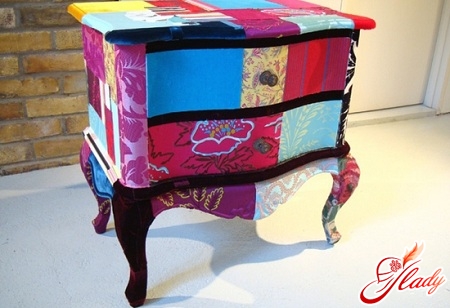
Fundamentals of quilting
Surprisingly, but highly artisticpatchwork, and quite unpretentious products are performed in the same technique. And it's only a beautiful pattern and a harmonious combination of fabrics. For this technique, the patterns, as a rule, are of the same shape (squares, rhombuses, triangles, etc.) and the size of the elements, that is, the flaps. Elements are cut using templates made of cardboard or heavy paper. Experienced craftsmen make templates with two contours: the outer contour serves as the boundary for the cutting line, and the inner contour serves for the seam line when connecting the flaps. That is, the distance between the outer and inner contour of the patterns is nothing more than the usual allowances for the seams. You can, of course do without such clever patterns, but their use gives a guarantee of the finished product without distortions, swells and bulges. By the way, it is these shortcomings that are most often encountered in beginners to learn the basics of this technique. So, the patchwork algorithm looks like this:
- Rags of soft tissues are folded together and sewn along the inner contour;
- Dense grafts are laid on the lining and stitched "butt". In this case, the parts are cut out without allowances for seams.
Patches of patchwork technique
For patchwork patchwork techniques are useddifferent patterns, composed of geometric shapes (shreds). Traditional patchwork allows the creation of patterns of exactly the same shape and size elements or from different shapes of the same size, or the same elements of different sizes. Nevertheless, all elements must be strictly ordered and make up an ornament (symmetrical pattern). Asymmetric patterns are used for crazy-patchwork, when shreds are sewn in random order, without observing a certain order and geometric sequence. The truth is that this kind of patchwork is not suitable for making a traditional blanket, but rather for fashion accessories or abstract panels. More often for crazy techniques are used and additional decorations: fringe, beads, braid, ribbons, sequins and stuff, and stuff. In a word, it's just a crazy patchwork, absolutely free form. However, traditional patchwork technique is characterized by the use of simple geometric shapes. Such figures as a square, a triangle, a six- or a pentagon can be folded into unusually beautiful patterns, especially if the colors and texture of fabrics are competently combined. In addition, in traditional patchwork there is a method of sewing from patchwork blocks, when from the square flaps the similarity of one large variegated element is first sewn, and then a large chic pattern is formed from such large details. So, for example, you can make large rectangles or rhombuses from squares, or you can sew long strips from them. There are so many variants of patterns for the patchwork technique that every pattern, every reception and every motive requires a separate conversation. And on occasion we will definitely talk about this in more detail. And first you just need to feel the atmosphere of Old England, imagine your future creation, made in the technique of patchwork sewing, and draw his sketch. And then there will only be a choice of fabrics and implement your idea! And it does not matter whether you immediately apply for making a quilt or stop on a less bulky item. Your desire and your mood is important. Because the main thing - to want. We advise you to read:




